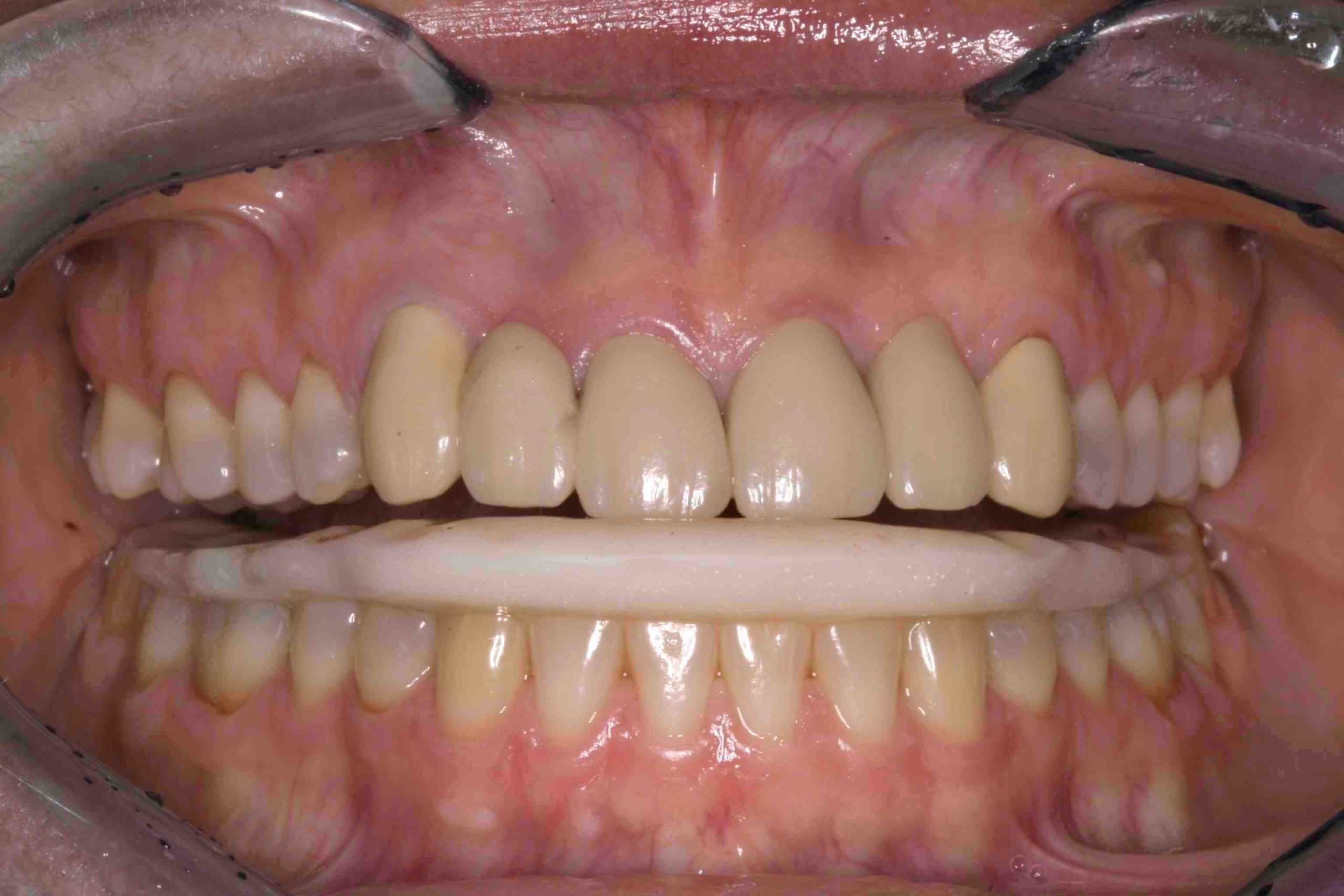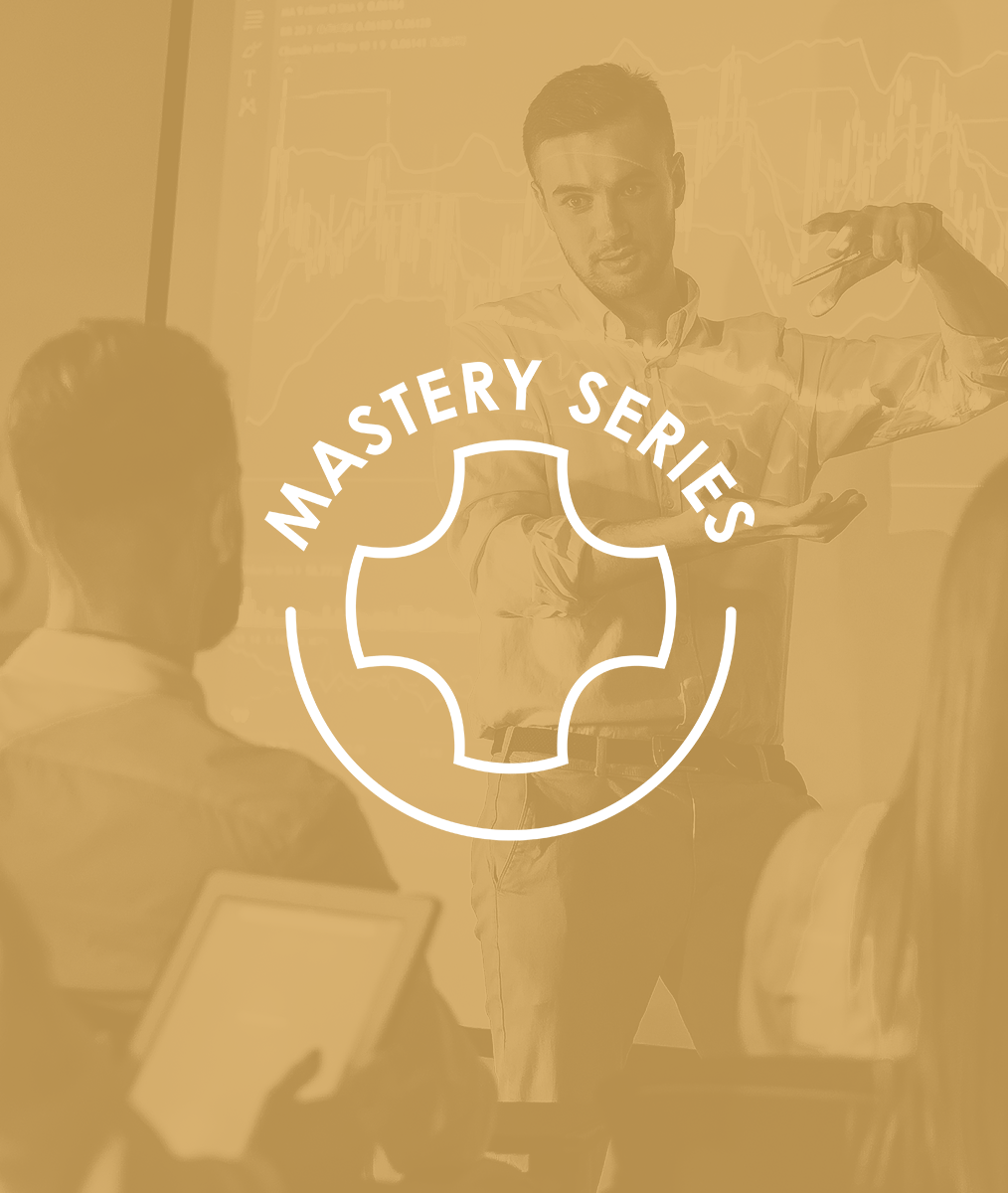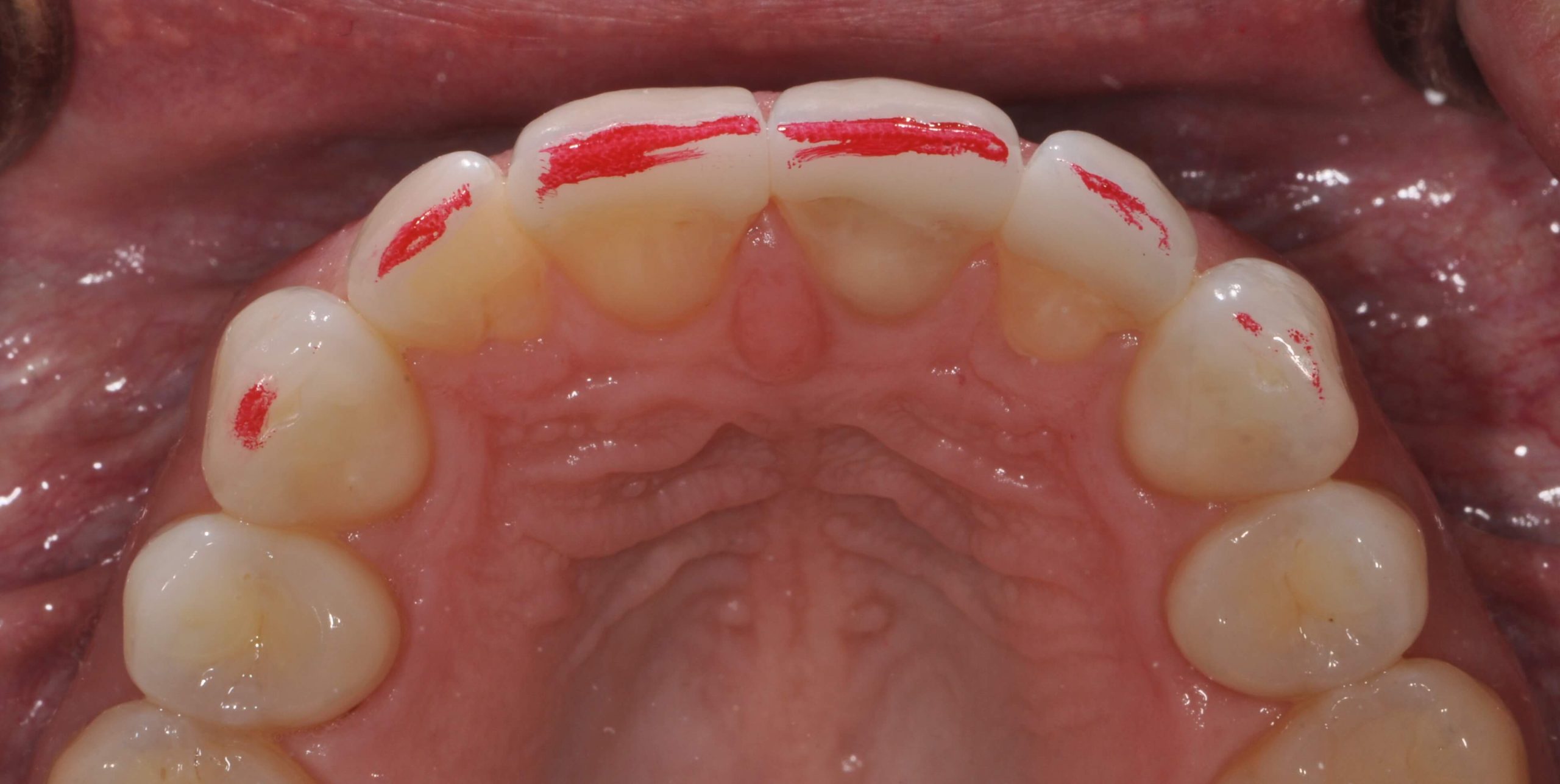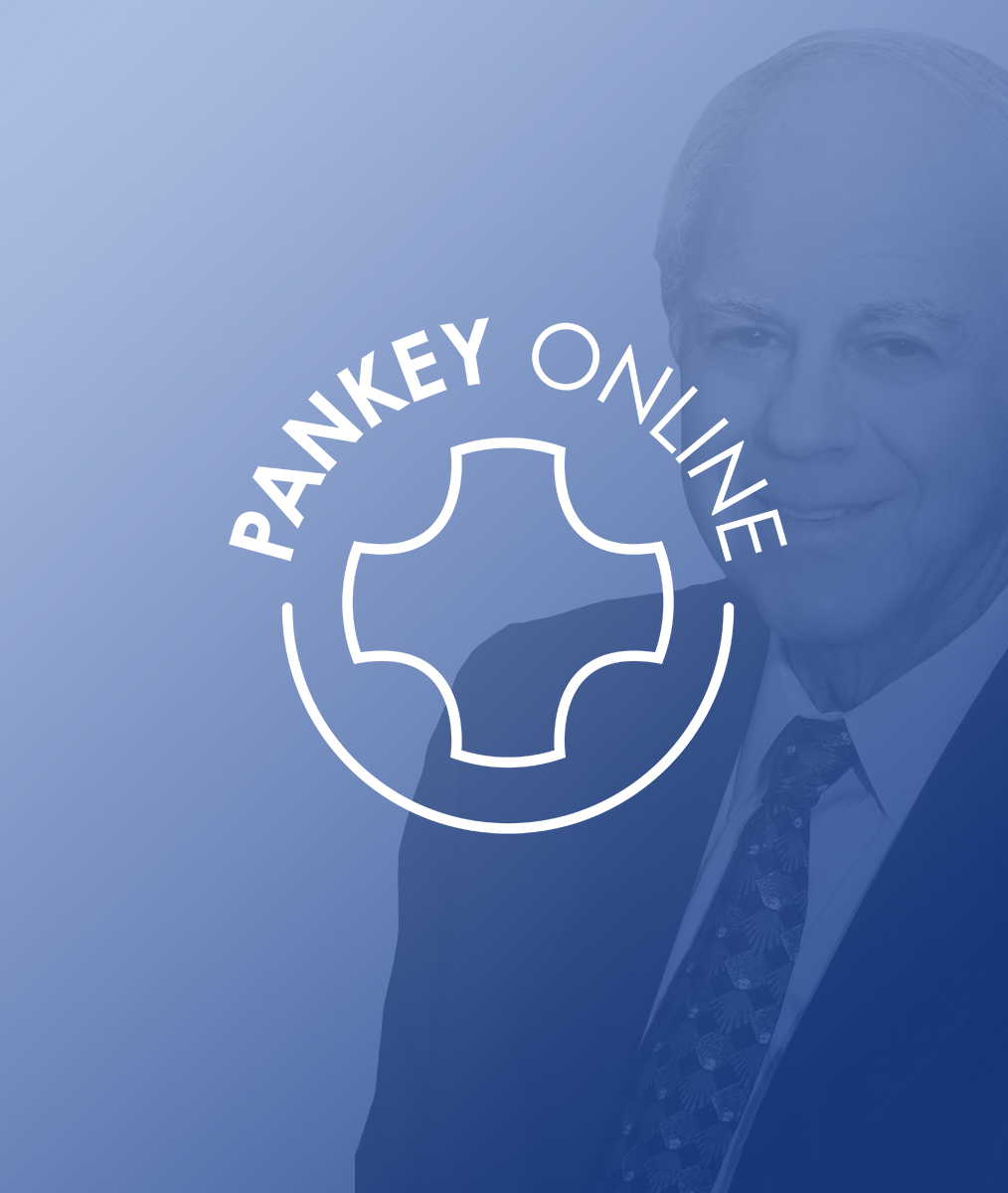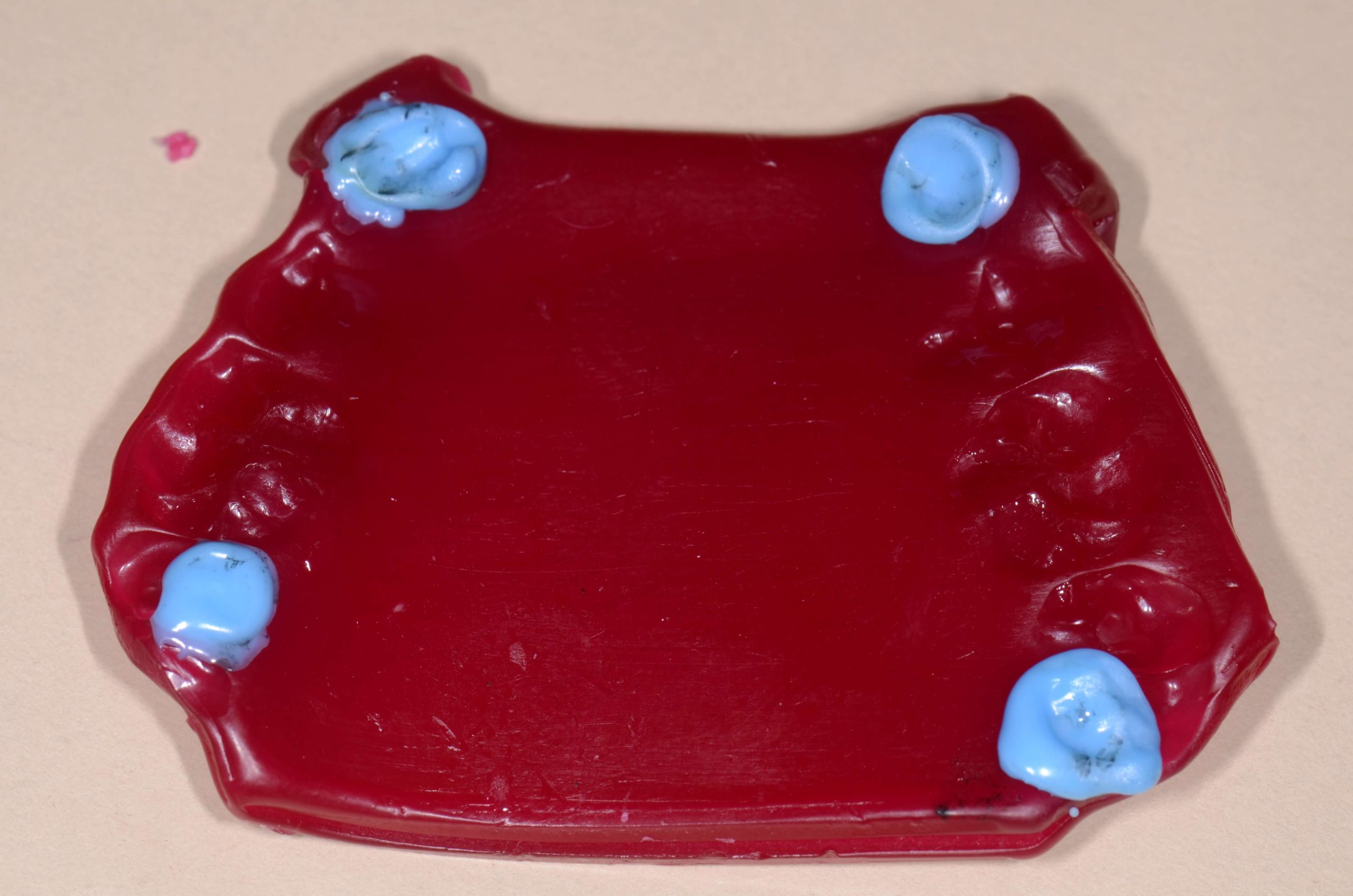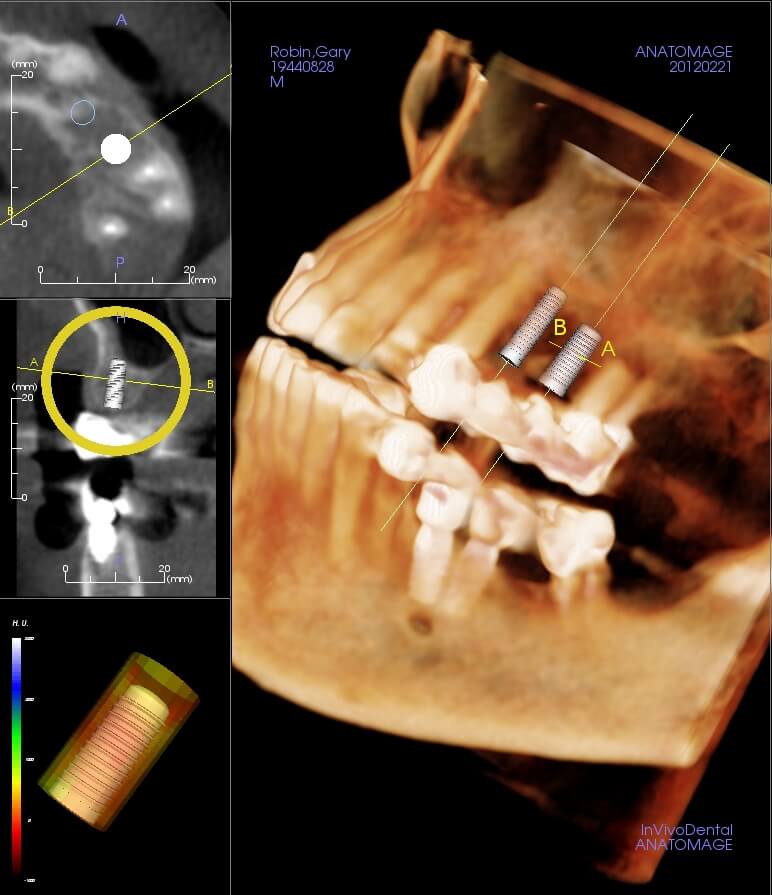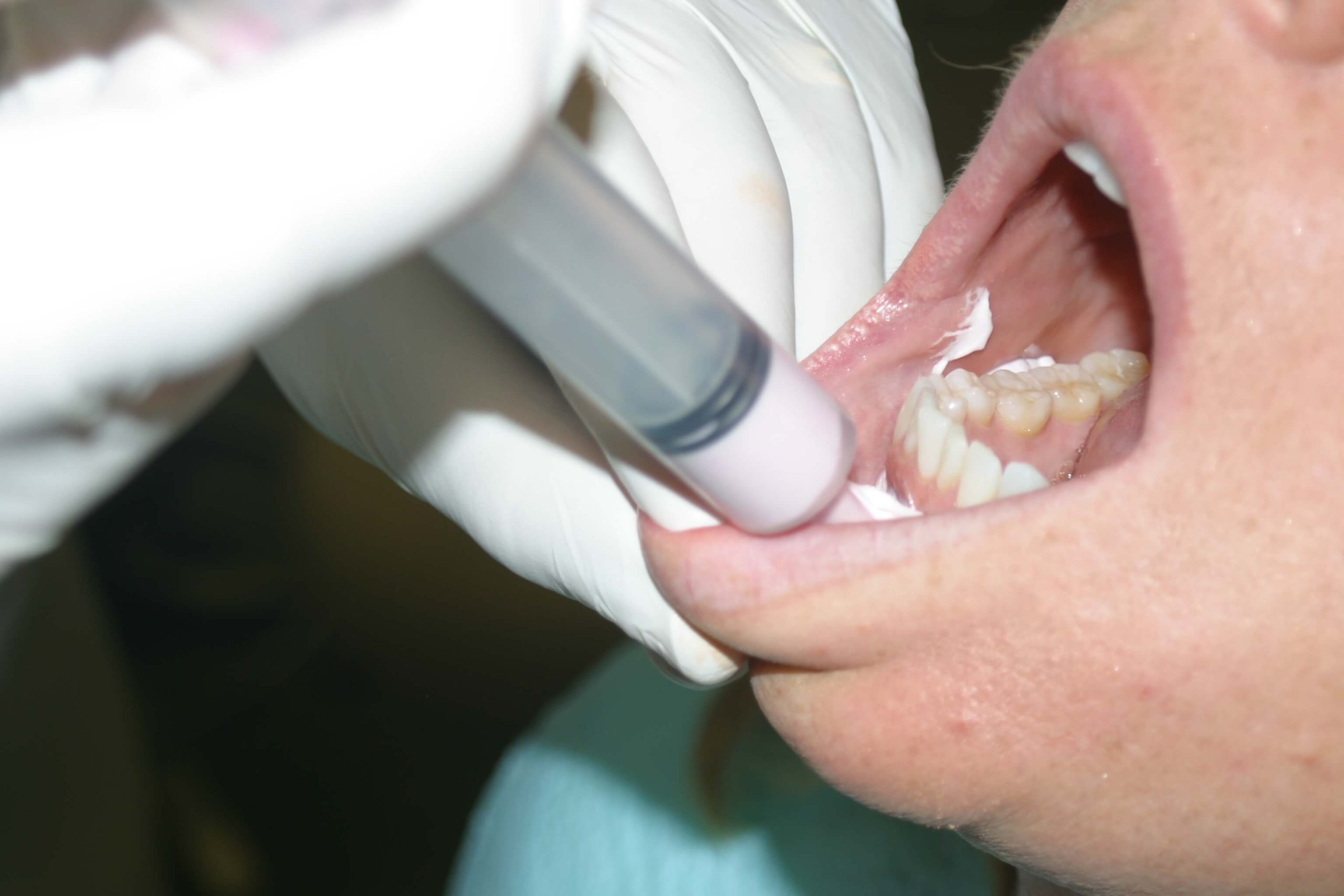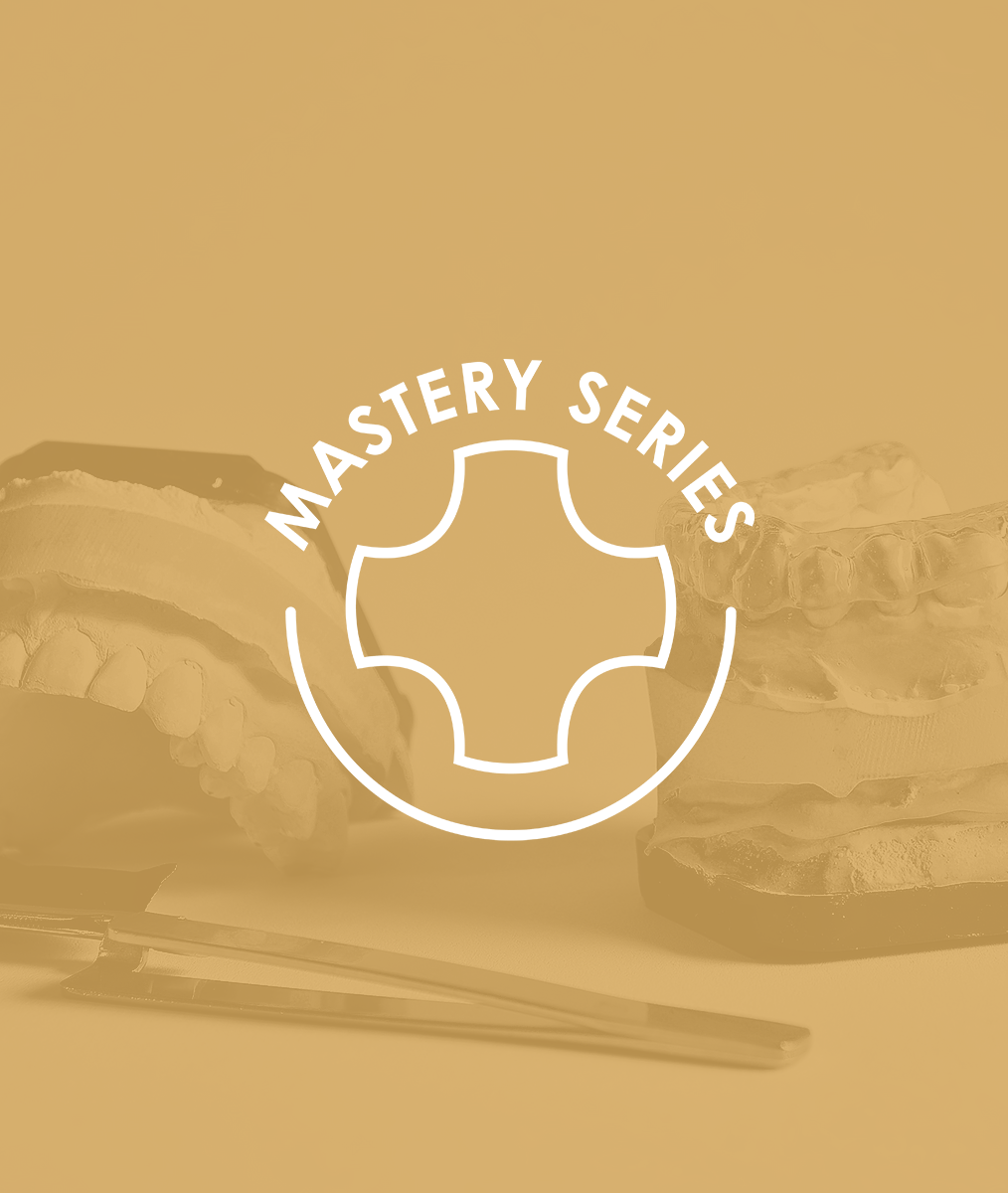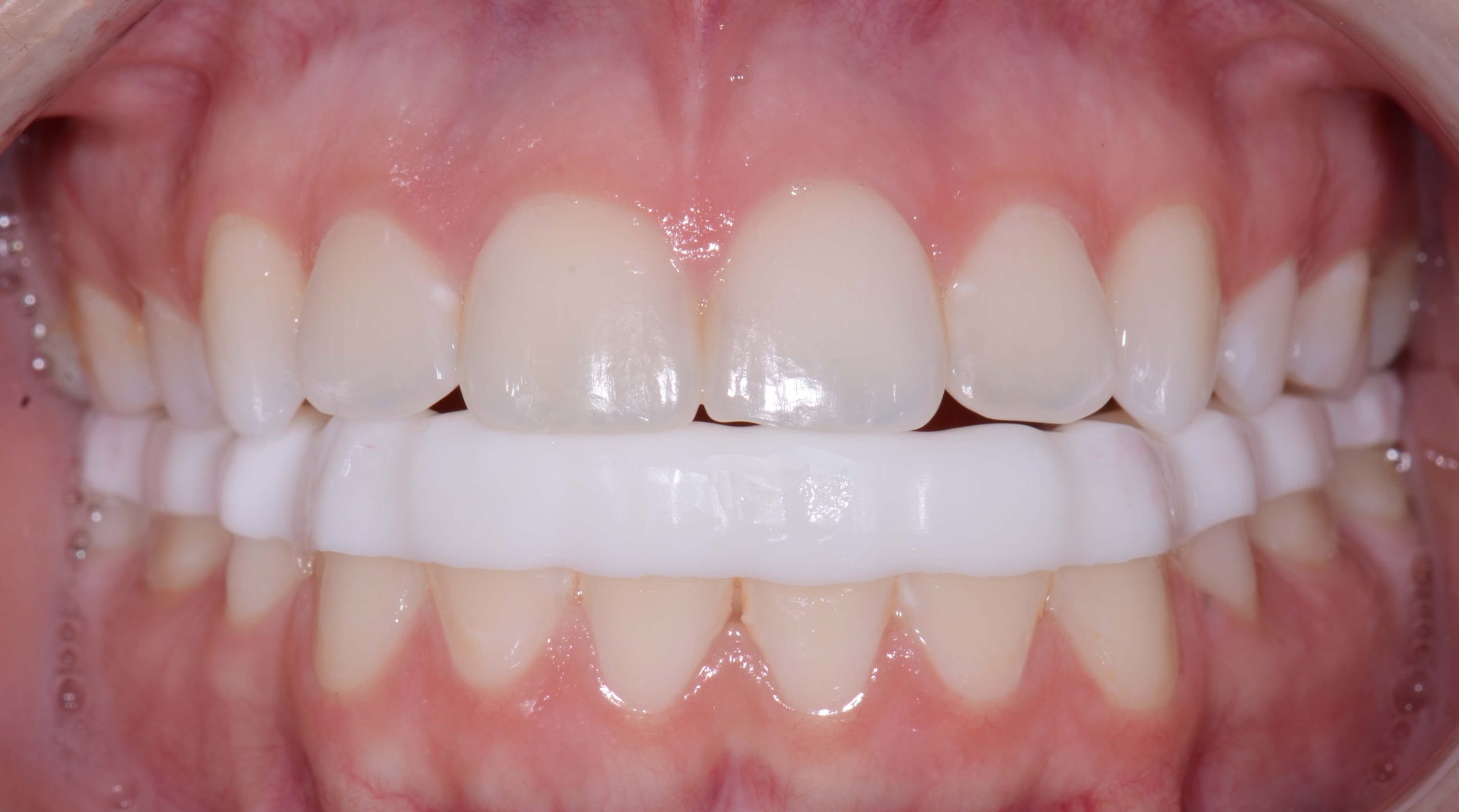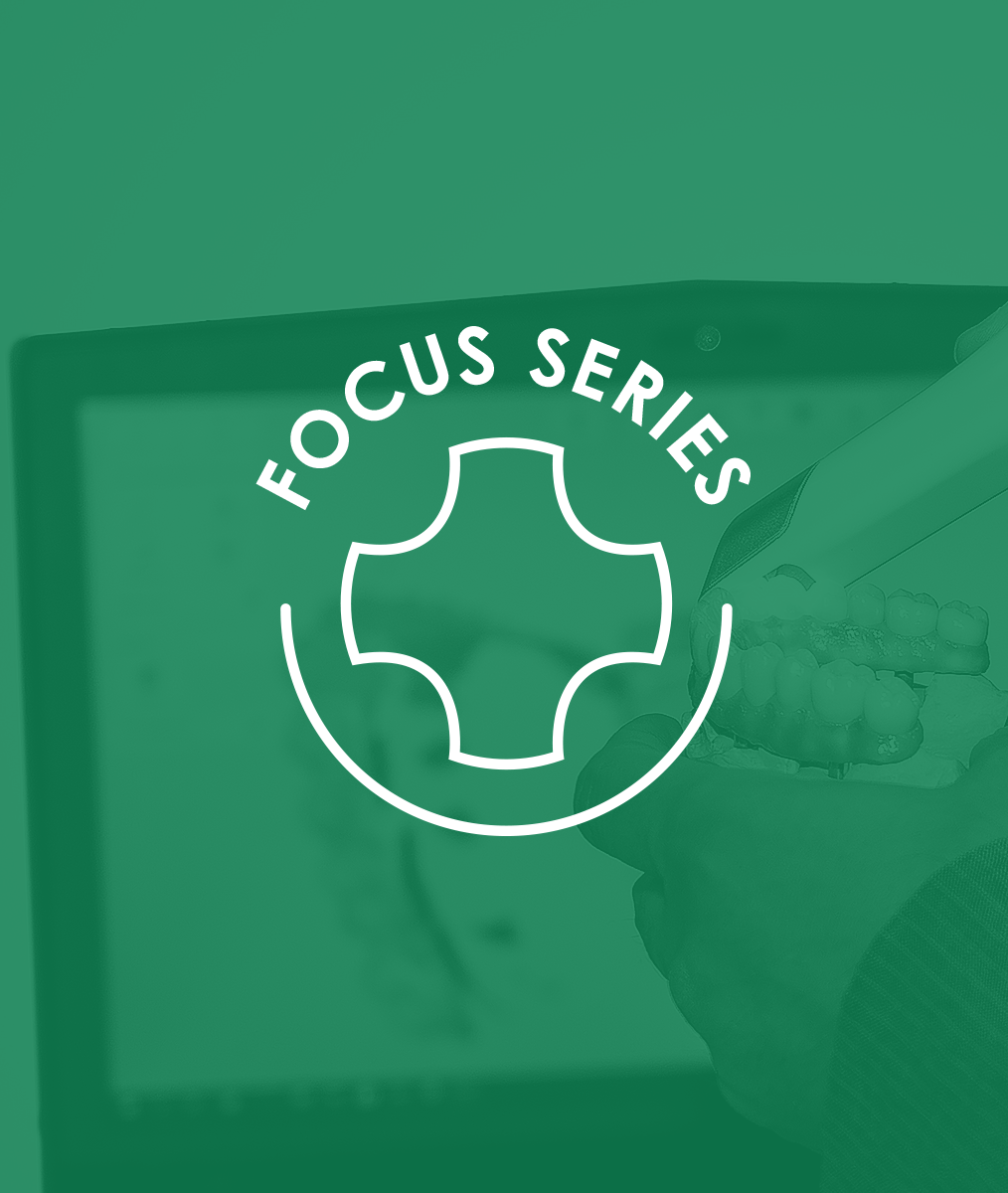Pankey History: The Tanner Appliance
Pankey dentists have been instrumental in changing the face of dentistry and launching inspiring innovations that advanced patient care. This post is a continuation of my first blog on the history of Dr. Henry Tanner.
Developing the Tanner Appliance
Dr. Tanner always credited Dr. Ricketts for encouraging him and giving him permission to continue learning what patients were doing with their teeth. They were both using full arch lower appliances, although at that time, Henry simply called his a nightguard. For approximately 15 years, he made that nightguard on a single lower cast and then would adjust it in the mouth.
Some years later at The Pankey Institute, under Dr. John Anderson’s leadership, Dr. Tanner introduced his appliance to Dr. Parker Mahan. Dr. Mahan had a Ph.D. in anatomy, was a full time professor at the University of Florida Dental College, and was a world renowned authority on head and neck pain.
How Dr. Tanner Changed Dentistry
With the full support and encouragement of Drs. Anderson and Mahan, Henry started teaching about his nightguard using mounted casts. Dr. Anderson initially named it a TANG (Tanner Appliance Night Guard).
Dr. Tanner always said, “Don’t ever have anything named after you. Whenever people misuse it, then your name is attached.” Over the years, the Tanner appliance has become known as an anatomic appliance. It is extremely individualized, based on the patient’s unique joint, condyle, and tooth anatomy.
The goals are even bilateral centric relation contacts, non-interfering posteriors, and smooth anterior guidance. Dr. Tanner was always curious to see how little could be done to the person’s own unique occlusion to accomplish all those goals. Patient discovery and engagement are keys to Tanner appliance therapy.
Dr. Tanner passed away in 2003. His appliance and his life’s work live on.
Related Course
E2: Occlusal Appliances & Equilibration
DATE: July 19 2026 @ 8:00 am - July 23 2026 @ 2:30 pmLocation: The Pankey Institute
CE HOURS: 44
Dentist Tuition: $ 7500
Single Occupancy with Ensuite Private Bath (per night): $ 355
What if you had one tool that increased comprehensive case acceptance, managed patients with moderate to high functional risk, verified centric relation and treated signs and symptoms of TMD? Appliance…
Learn More>








